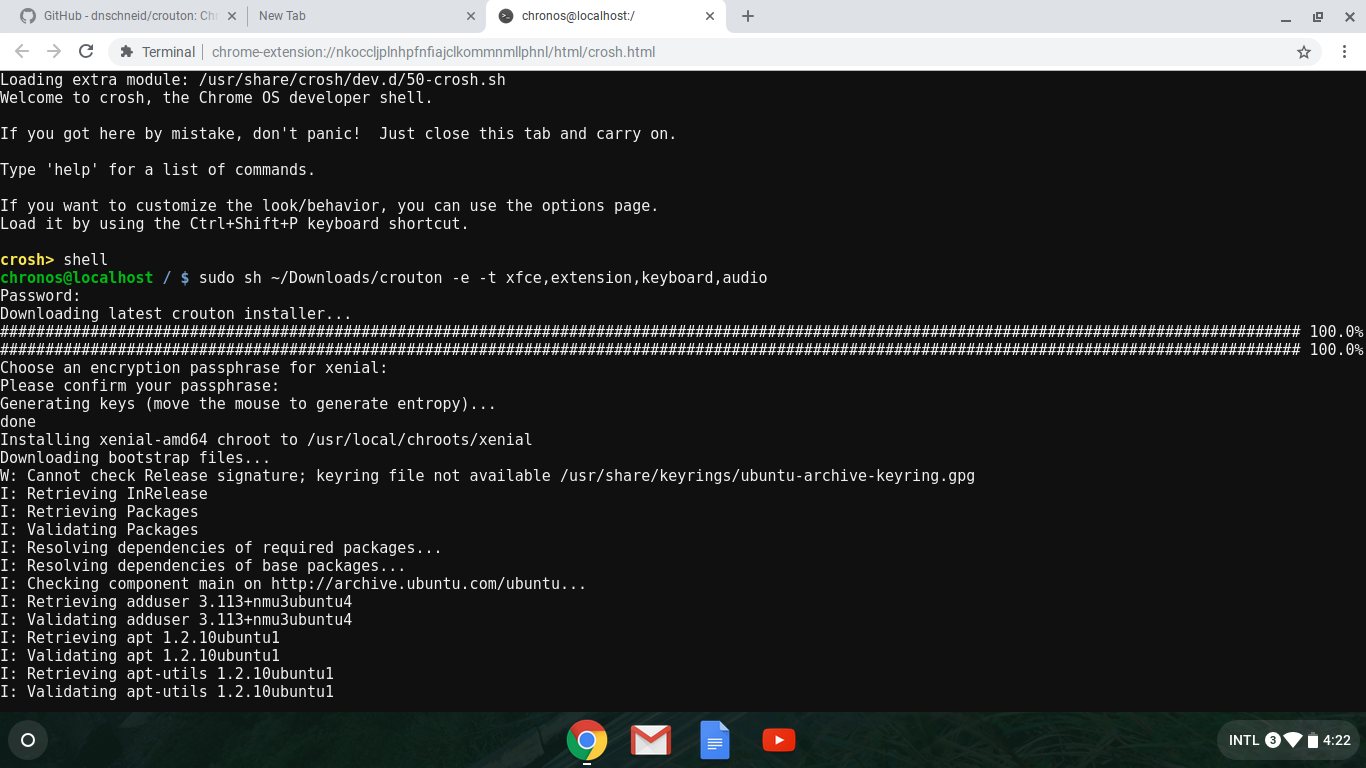

Step 4: The Chromebook should then delete all data, boot back into Developer Mode, and reset Chrome OS. Note: Later on you will need to retype Ctrl + D each time the Chromebook reboots.

This deletes all local data (not on the SD card if inserted). Step 3: Press the Enter key to enter Developer Mode. Press the* Ctrl* + D keys to open the OS Verification screen.

Step 2: The Chromebook restarts and enters Recovery Mode. Step 1: Press and hold the Esc + Refresh keys and then press the Power button. You can download software directly from Google that makes this process easy, and then all you need is a flash drive or SD card, depending on your Chromebook’s connectivity.įirst, you'll need to enter developer mode. You’ll also want to have a recovery image on hand just in case something goes wrong. Zipping up groups of files can help you put them back where they’re meant to be after the installation. If you have any files stored on the Chromebook’s local storage that you don’t want to lose, back them up to the cloud, an installed SD card, or external hard drive.

There are a bunch of great Linux distros to pick from, though. We chose Ubuntu XFCE as our Linux distribution because it’s lightweight and functional, which is perfect for preserving the long battery life and portability of a Chromebook. In this section, we switch the Chromebook into Developer Mode and install Ubuntu XFCE using Crouton (short for Chromium OS Universal Chroot Environment) developed by Google hardware engineer David Schneider. You can choose how much drive storage to use, but if you plan on gaming with this machine, you'll want more than 10 GB. Type whatever name you want to go by while using Linux. Step 5: Next, you'll get a screen asking you to input your username and choose your hard drive storage space. Step 4: Chrome OS will guide you through the next few steps with an install wizard. Step 3: Select Turn on where it reads Linux development environment. Save $100 on the Microsoft Surface Pro 9 and get a free keyboard cover Save $1050 on this Alienware gaming PC with 32GB of RAM, RTX 4080


 0 kommentar(er)
0 kommentar(er)
